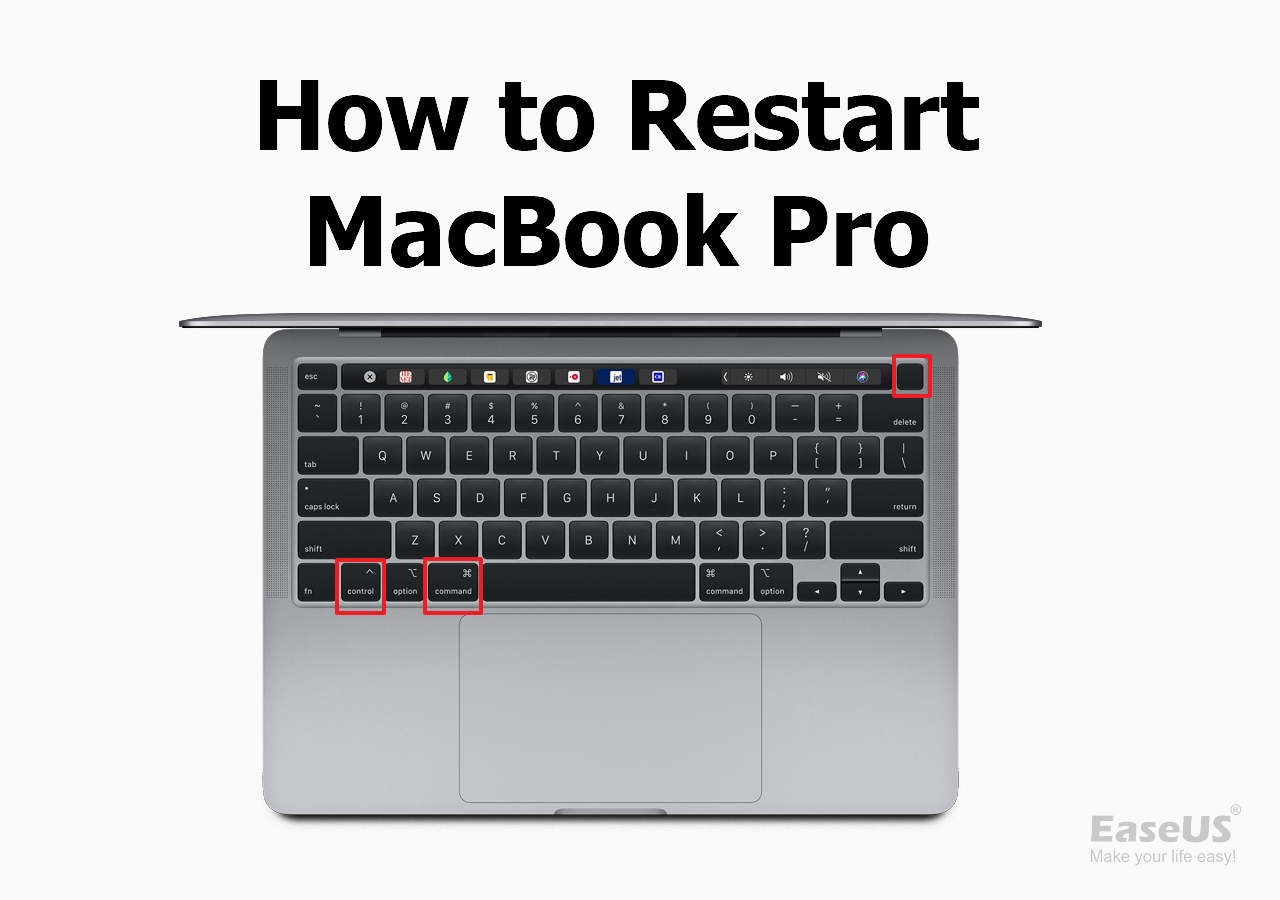Effective Ways to Address a Postcard in 2025: Discover the Essentials

Apply Now


Essential Guide to Addressing Postcards in 2025
Addressing a postcard might seem like a simple task, but various factors can impact its effectiveness, especially in 2025. With the evolution of postal systems and creative communication, it’s crucial to stay informed about the best practices for postcard addressing. This guide will dive deep into how to address a postcard, touching on everything from formatting and etiquette to creative tips that help your postcard stand out. As postcards become increasingly clever and personalized, understanding the nuances of postcard formatting and addressing becomes more important. This article aims to explore the core elements of postcard addressing, including postcard etiquette, recipient details, and effective layout techniques. By the end of this guide, you’ll be well-equipped with postcard addressing tips that ensure your messages reach their destinations successfully. Key takeaways include mastering postcard format specifics, recognizing important addressing fields, and learning how to personalize your postcards effectively to create memorable connections with recipients.Understanding Postcard Format and Layout
Building on the importance of effective communication, let’s get into the specifics of postcard format and layout. The format of your postcard can ensure it fits postal requirements while still being visually appealing.Postcard Size Standards and Layout Techniques
Postcards come in various sizes, but standard dimensions typically include 4” x 6”, 5” x 7”, and 6” x 11”. Understanding these dimensions is vital for ensuring that your postcard fits postal regulations and doesn't incur additional fees. The layout of your postcard should include designated spaces for the recipient's address and your return address. Ensure that the recipient's details are easy to read and that the layout maintains a clean and organized appearance. This enhances readability and helps postal services process your postcard efficiently.Essential Addressing Fields on a Postcard
When addressing a postcard, several fields must be included to ensure proper delivery. These include: - **Recipient’s Name**: This should be prominently displayed to ensure that it reaches the correct person. - **Street Address**: Always include the complete address, being careful with abbreviations and spelling to avoid confusion. - **City, State, and ZIP Code**: Make sure to use the correct state abbreviations and format the ZIP code accurately. Adhering to these guidelines can help avoid common addressing errors that might delay delivery.Designing Eye-Catching Postcards
An effective postcard design balances creativity with clear communication. Consider using attractive graphics while ensuring the address fields are unimpeded by visual elements. A well-designed postcard will draw attention but still follow the postal guidelines necessary for success. Consider incorporating space for custom stamps or graphics, making your postcards unique while providing a clear path for addressing.Postcard Addressing Tips for Success
With these formatting and layout essentials covered, let’s delve into best practices for addressing postcards effectively.Postcard Etiquette: What You Should Know
Understanding postcard etiquette is vital. Begin with a friendly greeting at the top of your postcard. Select an appropriate tone based on your relationship with the recipient. Remember to incorporate a personal message below the address block to enhance the connection. Being mindful of cultural differences in postcard addressing can also contribute to more effective communication, especially for international postcards.Using Address Labels vs. Handwritten Addresses
When addressing postcards, one essential decision is whether to use address labels or handwritten addresses. Both methods have pros and cons. Handwritten addresses can add a personal touch, conveying heartfelt emotion and sincerity. Conversely, address labels ensure uniformity and legibility, particularly when addressing numerous postcards. Using custom address labels can also help you maintain a professional look for business postcards.Common Mistakes to Avoid When Addressing
Even minor errors can cause setbacks in postcard delivery. Here are common mistakes to avoid: 1. Forgetting to include the return address can result in undelivered postcards being discarded. 2. Failing to format addresses correctly or misplacing lines can confuse postal workers. 3. Overloading postcards with too much text can also detract from essential information such as addresses. Avoiding these pitfalls is key to successful postcard sending.Personalizing Your Postcards for Maximum Impact
Taking your postcards a step further, let’s explore ways to personalize them, creating a meaningful experience for your readers.Crafting Creative Messages that Resonate
Writing a compelling postcard message is more than just documenting your experiences; it’s about connecting with the recipient. Share interesting anecdotes, heartfelt sentiments, or humorous events from your trip. This not only enhances engagement but also fosters lasting memories. Consider using postcard messaging standards that resonate with the recipient, optimizing message length and tone based on your relationship.Choosing the Right Stationery for Postcards
The type of stationery you choose can significantly impact postcard perception. Select materials that evoke emotion and complement your message's theme. Whether it’s vibrant vacation imagery or elegant stationery, the visual aspect is as essential as the text. Incorporate graphic design elements and choose colorful fonts that reflect your personality, making your postcards memorable stylizations.Practical Tips for Mailing Postcards Internationally
Sending postcards overseas presents unique challenges, and understanding international postcard addressing is crucial.International Address Formats and Etiquette
Address formats can vary significantly across different countries. Familiarize yourself with the requirements of your destination country, including how the recipient's name is presented and how to format street addresses. This ensures compliance with international postal regulations, reducing the risk of delays or non-delivery.Securing Proper Postage for International Mailing
Ensure that you apply the correct postage for international postcards. This can differ from domestic rates, and using insufficient postage can prevent delivery. Consider investment in personalized postage as a way to add flair to your postcards. For your international postcard adventures in 2025, staying aware of postal regulations and practices is key.Frequently Asked Questions About Postcard Addressing
What Are the Key Elements of Addressing a Postcard?
The key elements include the recipient’s name, street address, city, state, and ZIP code, along with your return address for any needed responses.How Do I Personalize My Postcard Effectively?
Incorporate color, graphics, and personal messages tailored to your recipient's interests and tastes for effective personalization.What Should I Avoid While Addressing Postcards?
Avoid common pitfalls such as failing to include a return address, overcrowding the layout with text, or using improper address formats.How Can I Make My Postcard Stand Out?
Consider unique designs, compelling content, and personalized messages with anecdotes that resonate to make your postcard memorable.What Are Best Practices for International Addressing?
Familiarize yourself with the address format of the destination country, ensure adequate postage, and maintain clarity in your written details to avoid delivery issues.
